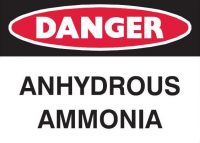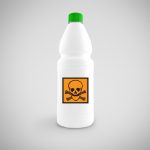UST Amendments—What You Need to Know About O&M and Secondary Containment
According to the EPA, while information on sources and causes of releases show that releases from tanks are less common than they once were, releases from piping and spills and overfills associated with deliveries have emerged as more common problems. The Agency attributes the lack of proper operation and maintenance of UST systems as a […]










